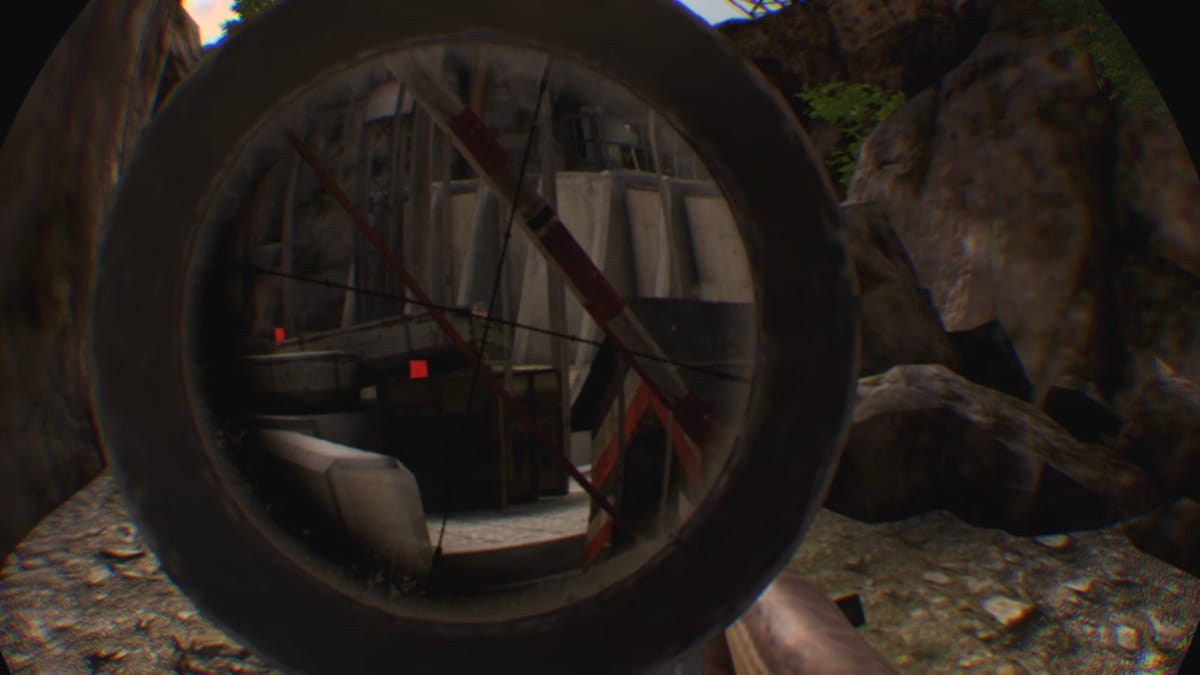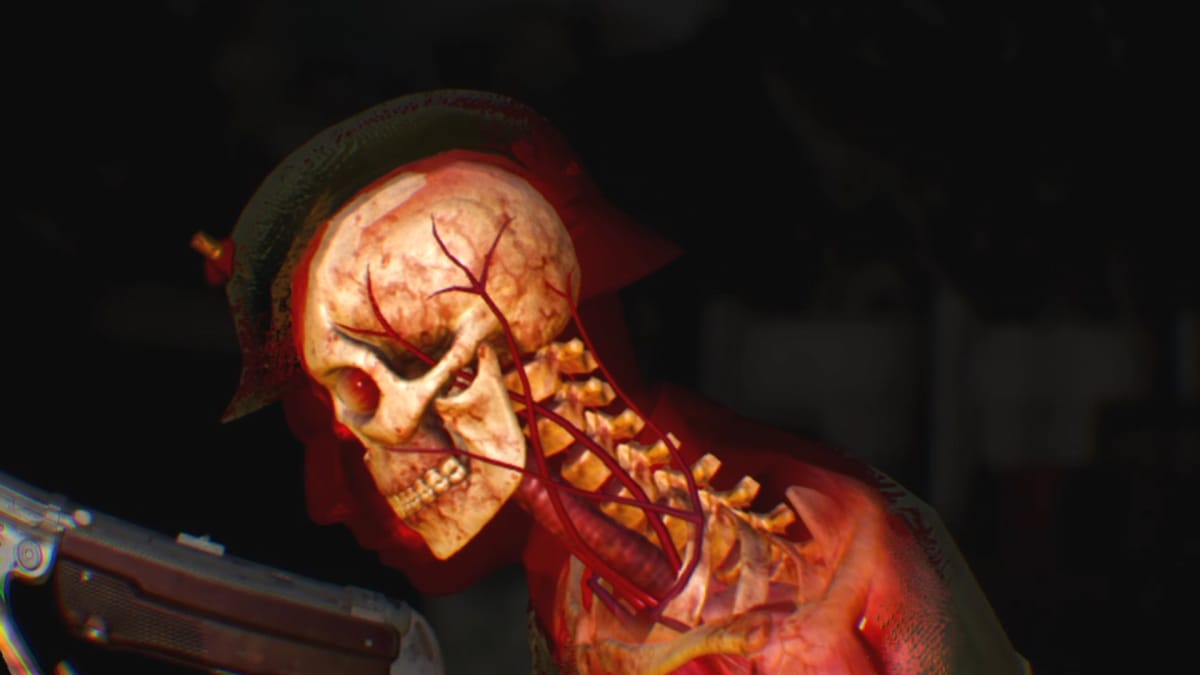Finally, I tried to play Beat Saber, the most popular game on VR platforms. What I learned though, is that this game is not just a test of musicality but also a full-body workout that leaves you sweating and craving more.
Beat Saber is insanely simple in its mechanics. Players wield two lightsabers, one red and one blue, and slice through color-coded blocks that fly towards them in time with the music. The blocks come with directional arrows, dictating the angle of your slice, adding a layer of complexity to the seemingly straightforward task. The game’s difficulty scales from easy to expert, being convenient for a wide range of players. The flow is seamless, with a perfect blend of music and motion that creates an almost trance-like state as you play.
The true beauty of Beat Saber lies in its ability to transport players into a virtual concert where they are both the audience and the performer. The Meta Quest 2’s (as well as any other VR platform) experience enhances this, allowing for uninhibited movement. This is what makes this game only good for the VR. You’re not just playing a game; you’re conducting an orchestra of beats. Each session feels like a performance, and the instant feedback of the vibration of the saber meeting block is immensely satisfying.
Among the many tracks, “Escape” featuring Summer Haze stands out with its catchy melody and energetic beats. It’s a song that exemplifies the game’s ability to make you feel like a rhythm warrior. However, no game is without its flaws. Beat Saber’s original song list is somewhat limited, and while there’s a growing library of DLC, it comes at an additional cost, which is definitely not cool. Moreover, the absence of a multiplayer mode in the base game feels like a missed opportunity for shared fun and competition. Imagine, if it was possible to play only drums, while your friends play the piano and the guitar – whenever someone misses the key, the song goes worse and sounds more abrupt.
Beat Saber VR is a triumph in the VR space, proving that simplicity and depth can coexist. It’s a game that beckons you back with its addictive gameplay and the promise of a good time. While it could benefit from a more extensive base soundtrack and multiplayer capabilities, these are small critiques of a great example of an amazing VR experience.































